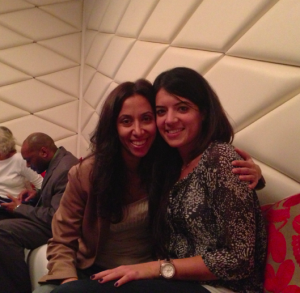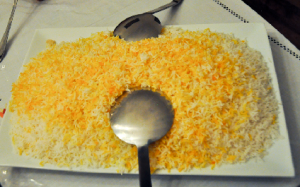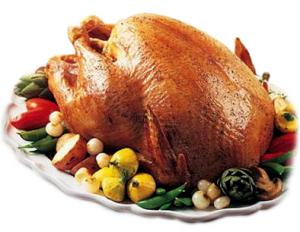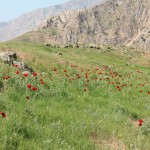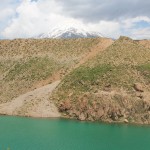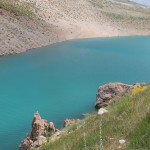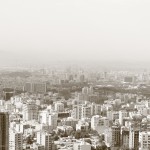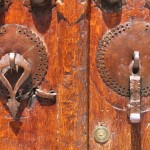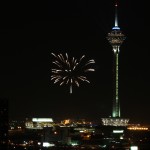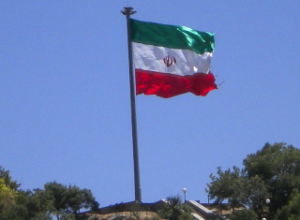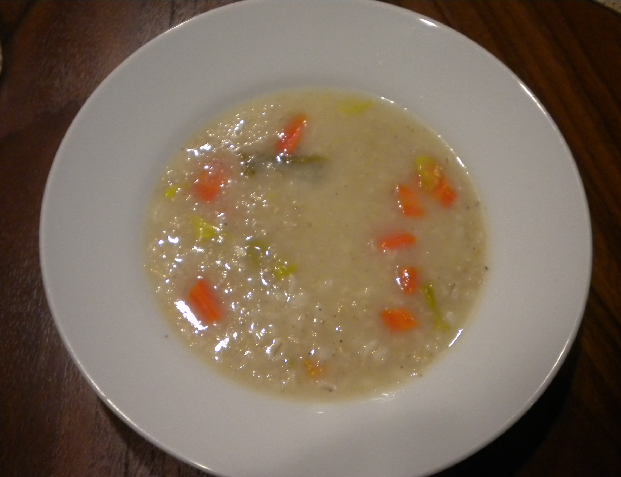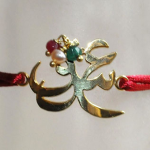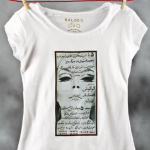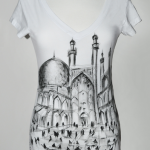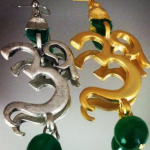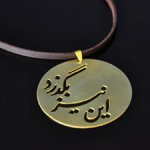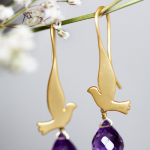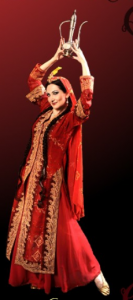
Presenting to you, Farima Berenji, an award winning, internationally acclaimed performing artist, dance ethnologist, choreographer, and performing arts activist.
Thank you Farima, for this interview and for your story!
First, watch this:
Montage of Farima – Dances of the Silk Road
——————-
1. What is your business?
I am currently the Artistic Director of the Farima Dance Company, based in San Francisco. I am also the South Bay director and instructor of the Afsaneh Dance Academy, the principal performer of Ballet Afsaneh, member of San Jose Ballet, and the Visual and Performing Arts Coordinator for the City of Sunnyvale. (me: amazing!)
Farima Dance Company offers many classes for all levels and ages:
- History of Persia and Egypt (mythology, literature, dance, music, and costuming)
- Persian Folk Dances (All regions)
- Persian Sacred and Mystical Dances
- Persian Classical and Miniature Art
- Persian Dances of the 18-19th century Qajar
- and more…!
I have a B.S. in Health Science with a Minor in Art History and the Performing Arts, as well as an M.A. in Anthropology and Archeology. I have a special emphasis in Dance Ethnology (Me: What is that?). My career and passion is to teach and perform and to advocate dance as a means of global communication.
2. What originally interested you in dance?
My artistic impulse originates from a diverse performing arts background spanning Eastern and Western classical and theatrical dance as well as the traditional dance repertoire of Central Asia and the Middle East. My family was very much involved in the performing arts and I grew up immersed in this field.
As a young person, whenever I would see a dance, I would often wonder about the history behind it and how its performance style and costuming developed. I tend to believe in dance as being a cultural identifier just like clothing, language, and music. Dance is a means for people to define themselves and to differentiate its culture from that of other groups. (me: love that)
For over 10 years, individually as well as working for the United Nations, I traveled great distances to learn, research, lecture, promote, and to teach classical, folk, and sacred dances of the Silk Road (Persia and Central Asia).
Dance explores the reality of human experiences as seen through cultural variation. There is a language in dance; there is a beginning, middle, and an end. The dancer tells a story, teases the audience with coquettish glances, or displays a variety of expressions: reluctance, joy, sensuality, pride, laughter, even sadness. (Me: I love this analogy…)
For such reasons, I have taken my love of dance to form my own dance company, and to be a dance activist committed to the preservation, revitalization, innovation, and collaboration of dance culture in my community.
3. What were some challenges you faced?
Fear is a mental obstacle that prevents future progress. I have learned to cleanse my mind of such negativity and instead move forward even at the risk of failure. One thing that I have learned is to be thankful for the challenges I have surmounted and to continue pushing myself. I often remind myself that the works of many great historians, philosophers, and artists were overlooked. Yet, they too refused to give up. I pursue challenges because I believe that one day I can inspire others to do the same.
4. What are some of your recent news (events, etc)?
This past summer, I showcased dances of Persia and North Africa with associate artists after realizing how similar in background and movements many of the dances were. I have also been honored to have completed a scared path and to become a Semazan and had the honor of working and performing with Banafsheh Saayad in Turkey.
I am also very excited to say that I have now opened a collaborated company in the state of Alaska (ASRC), and soon to have one in Florida and Turkey. (me: congrats!) I will be collaborating with some Sufi Masters in Turkey and performing with them.
Also, for the holidays, I have the honor of being the “Sugar Plum Fairy” for the San Francisco Nutcracker. (me: wow!)
5. Plans for your business in the upcoming year.
In the coming year, I plan to hold intensive lectures and training workshops on Persian mystical and Sema training in Czech Republic, Turkey, Columbia, Florida, Alaska, Kentucky. Will also continue my World Tour with where I go around the world teaching history and dances of the Silk Road. This year my workshop topic is “Poetry in Motion” focused on teaching the meaning of Persian poetry and how each word is related to a certain move in Persian Dance.
I am also excited about some new work in progress which I will be working with some amazing artists. These projects will be showcased in 2013-2014.
6. Anything else you want to share? 
I am so fortunate to be the director and instructor of South Bay Afsaneh Dance Academy and the principal performer of Ballet Afsaneh. My artistic development has found support in so many ways through some important colleagues in the traditional arts. Through this group I have been able to create new performance and teaching opportunities that have inspired my work and given the community access to what I have to offer.
I have collaborated with some of the most highly acclaimed cultural dance and music luminaries on the international scene and have studied from masters of dance worldwide. She has also been honored by Congressman Mike Honda and the United Nations and has been awarded for her dance and project “Dance, A Dialogue Among Cultures”
I am an advocate for the arts and committed to lifelong learning and continued growth as a dance educator and hope to share my love of culture and dance with everyone that I meet.
————
Thank you again, Farima Jan! So inspiring and admirable.
Check out her company: Farima Dance Company
![]() Cute? Yes. A real Christmas feel? No.
Cute? Yes. A real Christmas feel? No. ![]() stick with me.) Some of the traditions are also just not as feasible for us to celebrate in its traditional sense. It isn’t easy to have 20 of your family members over at your house when most of your family is thousands of miles away in a land called Iran.
stick with me.) Some of the traditions are also just not as feasible for us to celebrate in its traditional sense. It isn’t easy to have 20 of your family members over at your house when most of your family is thousands of miles away in a land called Iran.

